ORIGINS OF DIDGERIDOO

The only reliable evidence for the origin of didj playing comes from a few ancient rock art images. All of the rock art sites with didj players are located along the north Arnhem Land coast and have been dated as being made between 1,500 and 2,000 years ago. There are thousands of rock art sites in northern Australia, some as old as 50,000 years. Didjeridus appear only in the recent sites. From Arnhem Land didj playing spread to other northern areas reaching the Kimberleys in the late 19th century. The first ever written record of the the didj is in the journals of European explorers in the early 19th century, among them a journal from the HMAS Beagle, a ship made famous by Charles Darwin.
Traditional aboriginal didjeridus are made by cutting and shaping the stems of live eucalyptus that have been hollowed by termites. Occasionally bamboo and other species are used. The name didjeridu is probably of European origin as onomatopoeia for its characteristics did-jer-ri-du sound. Other names from linguistuc groups are mole, yidaki and gunbarrak.Quoted from “Didjeribone” Booklet – Charlie McMahonGanga plays the didjerdu with great respect to the traditional peoples of North East Arnhem Land from where the Yidaki originates. Thank you to Djalu Gurruwiwi for being an amazing ambassador to yidaki and Yolngu culture.

